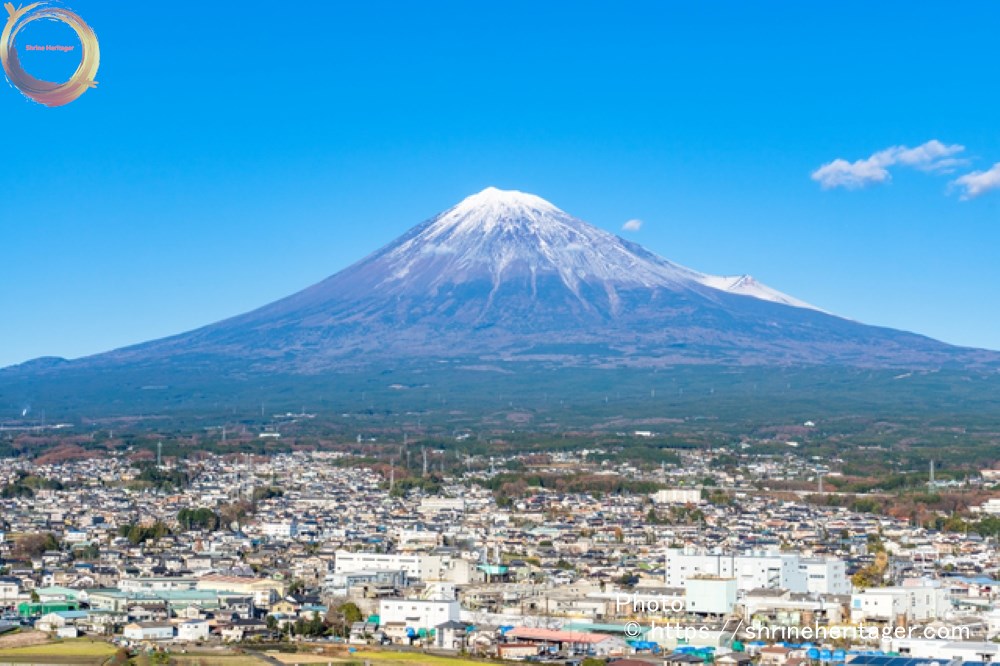Omiya Hikawa Shrine is an ancient shrine that accompanies the luck of victory, and it is said that the place name of the present "Omiya" (Saitama Prefecture) is derived from the honor of Hikawa Shrine as "Great Miyai" which has been enshrined in this place without being transferred for about 2,400 years.
目次
- 1 Introduction (Introduction)
- 2 【Preliminary knowledge of this shrine】 (Preliminary Knowledge of This Shrine)
- 3 【Visit to the shrine】 (Pray at the shrinee)
- 4 【Tradition of shrines】 (Old tales held down to shrinks)
Introduction (Introduction)
【Name of shrine】 (Hrine name) Hikawa Shrine (Hikawa Shrine)
【How to read】 (How to read) Hikawajija
[Common name] (Common name) Mr. Ohikawa, ohikawasama
【Jinzachi】 (location) 1-407 Takahana-cho, Omiya-ku, Saitama City, Saitama Prefecture
【Map】 (Google Map)
(Completed in December 1927) The shrine record was completed in December 927 AD.
【延喜式神名帳】「旧国名 郡 ・ 神社名」
[engishiki jimmeicho] "old region name shrine name"
Musashikuni Adachi-gun Hikawa Shrine Meishin Taisha Ichiza
musashinokuni atachin hikawa no kaminoyashiro myoginaisha
【Festival God】 (God's name to pray)
The Life of Susanoo (Susanomikoto)
"Lord" Inada Himemei (inadahimenomikoto)
"Lord" Takamei Ohmi (aomuchinomikoto)
Kuraina Tamamei (ukanomitamanomikoto)
[Gody] (God's Great Power)
Happy birth prayer Healthy birth
Naming Find a good name
New Year's visit Baby prays at shrine for the first time
Shichigosan Celebration 7 year old 5 year old 3 year old celebration
Admission prayer Tell God you want to go to the school you want
Coming-of-Age Festival Coming-of-age ceremony
Home safety Safe and stable home life
Shinto wedding Wedding in front of God
Prayer to ward off evil Prayer prayer at an age considered a lesson in life
Traffic safety prayer Pray for traffic safety
etc etc
【Formal】 (Rules of dignity)
Musashikuni ichinomiya
Enki Shikinaisha Meishin Taisha (engishikinaisha myoginaissha)
【Founding】 (Beginning of History)
According to the company's book, from now on, 2400 years ago (2400 years ago)
It is said that the foundation of the 5th Emperor Takaaki on the day not in April 3rd year.
【History】 (history)
According to the company's book, it was built in the 5th Emperor Takaaki's 5th year ago, about 2,400 years ago.
The 12th Emperor Jingyong's Prince, The Prince of Japan, visited this shrine and prayed for The Toi Jinsada.
It is said that the 13th Emperor Seiku's brother, Hige Himei (etamohinomikoto) of the Izumo people became Musashi Kokuzo by the order of the Imperial Court, worshiped Hikawa Shrine, and more and more said that our shrine's divine power increased the shining style.
About 1200 years ago, the 45th Emperor Seimu's reign the system of the best shrine was established in each country, and it is called the shrine of Musashi province.
In the literature, the 60th Emperor Daigo ordered the compilation of the "Enki-shiki Shinmeisho (compiled in 1927)" and as Meishin Taisha (a shrine dedicated to the famous god that is said to be a great spiritual test since ancient times), it is written that it was deposited in the monthly Shinjo draft imperial mint, and it was entrusted to the temporary festival.
In addition, on October 28, 1868, the 122nd Emperor Meiji was enshrined in the Gyoyuki Family Festival, and was designated as a shrine of the Memorial Festival of the Japanese country, and in May 1868, he was lined up at the Kanmin Taisha Shrine.
In the annual festival every year, the imperial family's envoys are sent to the shrine, and a solemn ceremony is held.
It is said that the shrine with the name of Hikawa Shrine is mainly in the land of Omiya, and the number of them is 280 companies in Saitama Prefecture and Tokyo.
It is said that this shows that the descendants of Musashi Kunizo, who were based in the land of Omiya, developed remarkably as a clan in politics (each festival).
※See from "National Shrine Festival Comprehensive Survey (1995)" [Shrine Main Office]
[Precinct company] (Other Deities within the preciscants)
Setsha Monmonjin Shrine "Lord" Ashima Milk Life Tema Milk Life
Tianjin Shrine "Lord" Shohiko Meimei
Munakata Shrine "Main" Takiri Hisuri Life Ichisunjima Hieimei Tasunzu Hieimei
Suesha Yamagion Shrine "Lord" Oyama Gyemei
Ishigami Shrine "Lord" Futo Gotamamei
Atago Shrine "Lord" Buddha's Life
Rai Shrine "Lord" Dairaimei
Sumiyoshi Shrine "Main" Bottom Tsutsuo Mei Nakatsuo Mei Kamitsutsuo Life
Shinmei Shrine "Lord" Amaterasu Ogami
Tenman Shrine "Lord" Michizane Sugawara
Matsuo Shrine "Lord" Hatakemei Oyama
Mitake Shrine "Lord" Takamei Ohmi
Inari Shrine "Lord" Kuraina Soul Life
スポンサーリンク
【Preliminary knowledge of this shrine】 (Preliminary Knowledge of This Shrine)
「大宮」(埼玉県)の地名は 「大いなる宮居」と氷川神社を称えたことに由来しています
It is a sign of gratitude to the god of worship of the people who thrived here and set the foundation of today.
The environment around the shrine used to be a vast lake called "minuma" on the east side of the shrine, forming a rich soil, and there are ruins from before Yayoi, and it is thought that people's lives have been enriched.
It seems that the image remained until the early Showa period, but in the Edo period, a large reservoir spanning about 39 kilometers around it was also developed (Minuma Tamei).
Minuma is the meaning of a lake with sacred water that gives rich blessings in "Kaminuma" and "Onuma".
Even now, the water that springs out from the "janoike" in the sacred area of the shrine grounds is poured abundantly so that it spreads to the kamiike pond in the precincts, and the pond in Omiya Park which was a former precinct is also transmitted to the remnant that was a minuma.
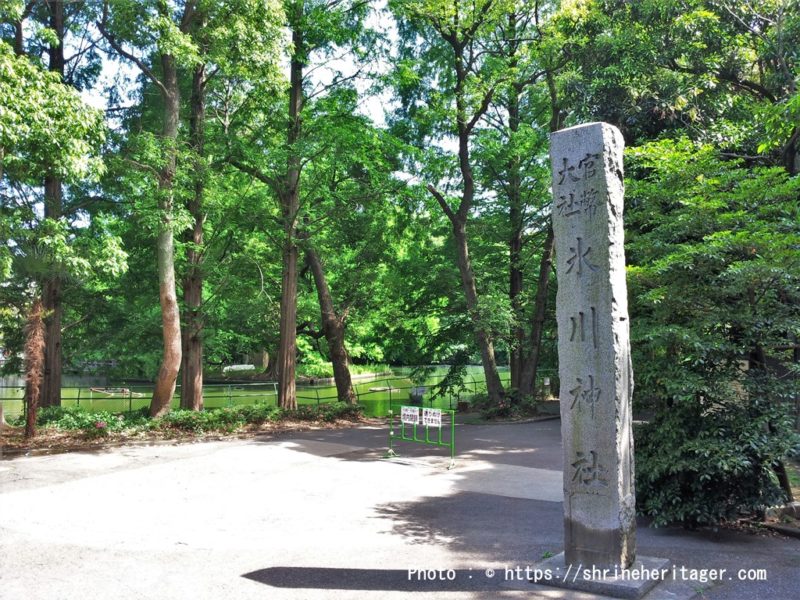
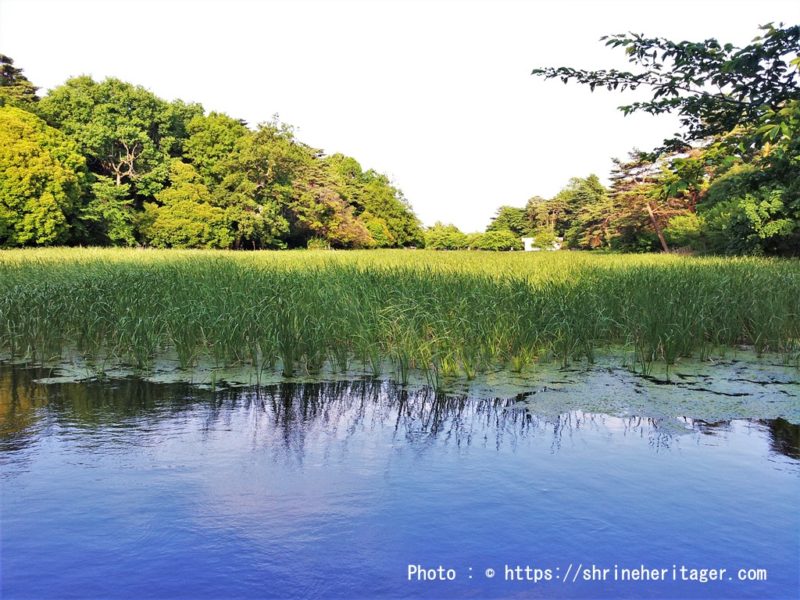
I sit here without being transferred from ancient times Hikawa Shrine's zaza is in a position that protrudes high like a nose in the Omiya plateau as if standing on the banks of the minuma.
It is exciting just to imagine that the lakeside would have surrounded the sacred area of the hill where the shrine is located deep in the inlet of the quiet Minuma.
[Otaky Point] (Points Selected by Japan Otaku)
この氷川神社「見沼 (minuma)」の地は 縄文時代の太陽信仰の拠点でもあったようで 縄文の信仰を「荒脛巾神 アラハバキのかみ (arahabakinokami)」と結びつける説があります
Currently, the main festival deity of the set shrine "monkyoakjin shrine" (monkyoakjin shrine) beside the main shrine in the precincts of the precincts is Ashima milk life (ashinazuchinomikoto) Tema milk life (tenazuchinomikoto) and Izumo system, but it seems to have been originally called "Arahabaki Shrine" This corresponds to the case where Arashin-jin is enshrined as "guest god" (gate guest god)
About this company, "Edo Famous Places Zukai" Makinoshi (Tengennobe) is "Aranami-no-sha-no-sha (located beside the head office). It enshrines two gods of Tema milk and Ashima milk. In Musashi Kuni Fudoki, there is a place where "The Three Years of Miu-Hiko-Kashoku-ina", says "Ihei niya this company".
"Shimeram koto" is not just a thing of this God!
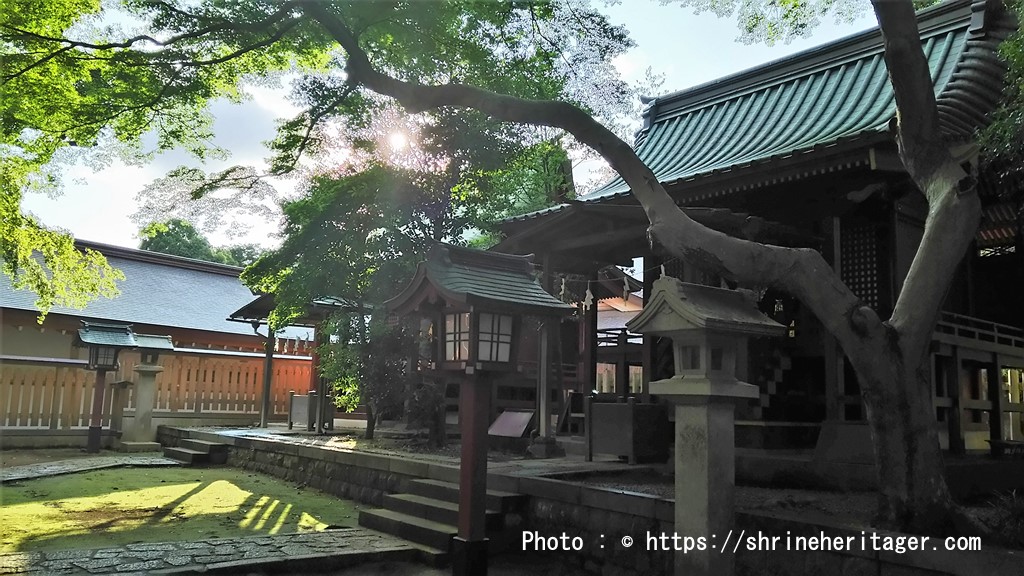
DSC_0058
As this guest god, the shrine that enshrines Arashin-jin is scattered here, not only Musashi but also Mikawa Izumo Iyo.
In Izumo, it is located in the precincts of Sata Shrine and Izumo Taisha Shrine as well as Hikawa Shrine蘰.
These kuninomiyatsuko are all closely related to Mr. Monobe, who was a clan with samurai and steelmaking technology (the Jinbetsu clan of the Tenjin-based who assumed the life of The Sun of The Samurai) In the generation of Emperor Seiji, Izumo's brother Takage Hise (etamoohinomikoto) became Musashi Kokuzo by the order of the Imperial Court and worshiped Hikawa Shrine, but the central clan who supported the Yamato Imperial Court at that time It was Mr. Monobe.
延喜式神名帳(927年編纂)の出雲國の所載「出雲國大原郡 斐伊神社(hii Shrine)」では 氷川神社の元宮であると宣言して記載してあります
The jinzachi is located along the 簸 River of Izumo, and the famous myth that Susanoo's life got rid of the Eight Great Snake remains, and it is a shrine with the legend that it buried the eight heads and calmed the spirit.
In this company story, "The foundation of the head office is very old, and it is described in the ancient history story that the spirit was transferred to the former Kanmin Taisha Hikawa Shrine in the fifth year of Emperor Takaaki"
It is said that it was a considerable taisha at that time, and it declares it to be the former shrine of Hikawa Shrine in a word, and it is described.
See the article "Hii Shrine,Izumo Kuniohara-gun"
It is generally said that the 簸 river became Hikawa based on this.
These traditions represent the fact that 2,400 years ago, the 5th Emperor Takaaki's reign, had boarded this place with the Musashi Kokuzo clan from Izumo.
一方で 「荒脛巾神(arahabakinokami)」は そのずっと以前から 氷川神社の地に地主神として先住の神としていたのだとする説もあります
It is a story which goes back to the Jomon period completely demonstrating the true nature of the ancient company at last.
With these in mind
It's an ancient imagination.
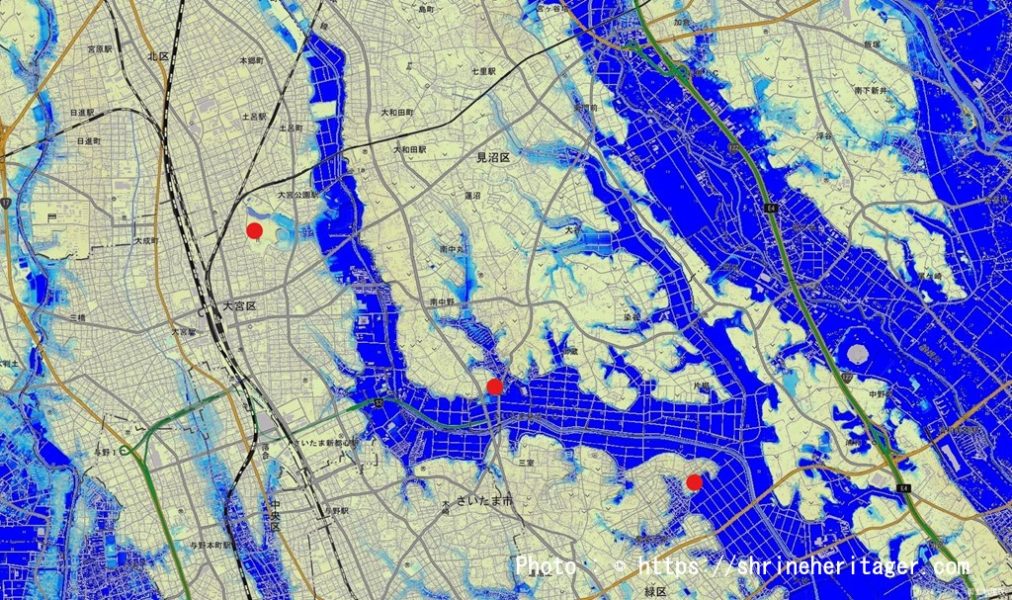
The three red marks are the current locations of the three shrines.
Upper left Omiya Hikawa Shrine (Omiya-ku Takahana-cho)
Naka Nakahikawa Shrine = Present Nakayama Shrine (Nakagawa, Minuma Ward)
Lower right Hikawa onnor 體 Shrine (Three rooms in Midori-ku)
These three shrines are all on the banks of the former minuma and lined up in a straight line.
Upper left Men's body company (father god)
Naka 簸 Ojisha (Ojigami)
Lower right Women's Body Company (Mother God)
It is said that while having each role, it had a vast sacred area until the early modern age and functioned for each festival as one Hikawa Shrine.
Omiya Hikawa Shrine Ototaisha (Father God)
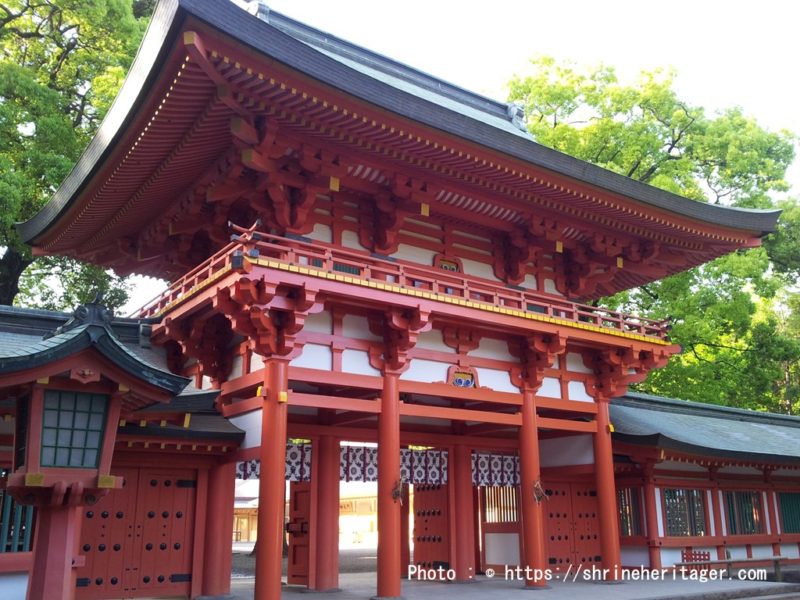
Nakahikawa Shrine (now Nakayama Shrine) 簸 Ojisha (Ojigami)
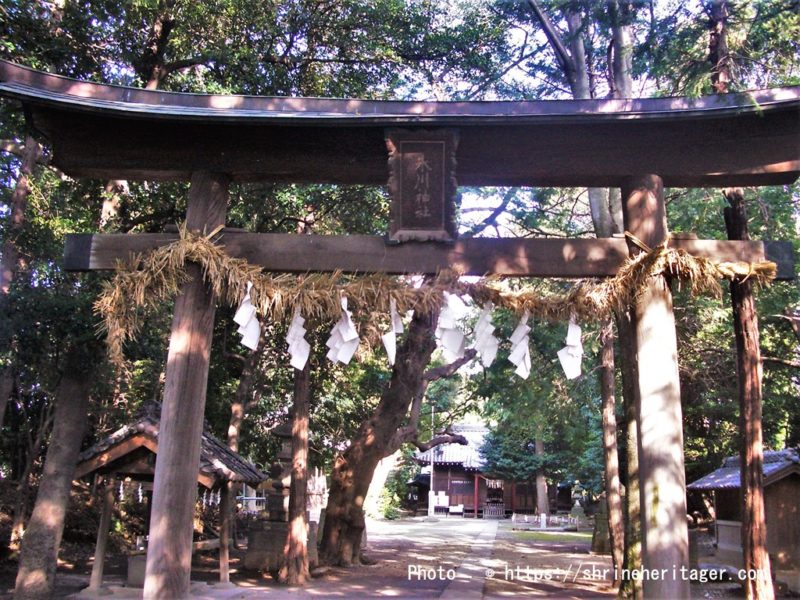
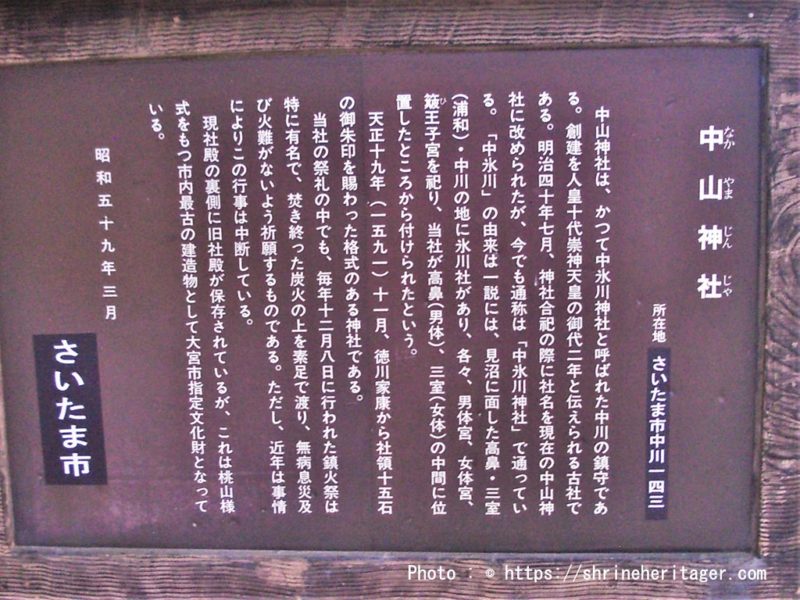
Hikawa 體 Shrine Women's Body Shrine (Mother God)
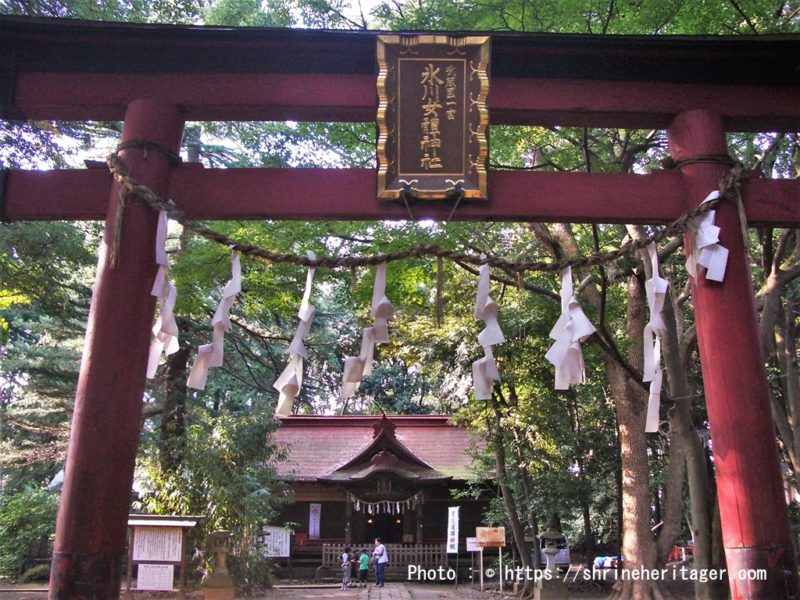
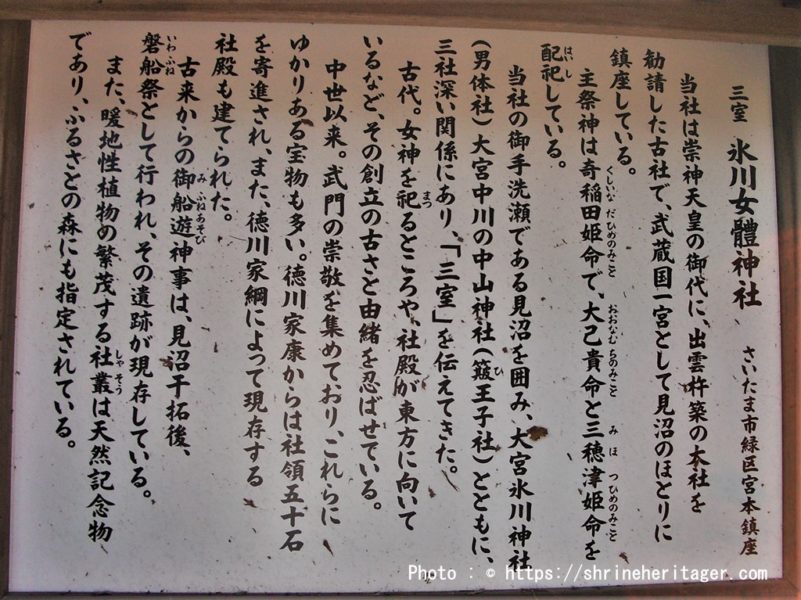
It overlaps with the solar belief of the Jomon period.
Surprisingly intentional arrangement, the solar operating trajectory appears on the straight line of these three companies.
The sun of the summer solstice sets at Omiya Hikawa Shrine in the west-northwest.
The sun of the winter solstice rises from hikawa onna shrine in the east-southeast 體.
The sun faith and calendar must have been one of the most important shinto rituals for the ancient people.
The orbit of this sun is sewn together by three shrines of the swamp of God like a dragon god.
It is said that the god of the festival also has the divine virtue as a dragon god.
The state scholar Tsutsumi Morning Wind (1765-1834) says, "There is a legend that Hikawa Daimeijin is the god of dragon appearance."
Hikawa Onen 體 Shrine had the Mifune Festival until the Edo period as a festival of "Ryujin" that lives in Minuma, and there is still a little atmosphere reminiscent of the former "Minuma" in front of the company.


There is a rumor that there is Mt. Asama on this extension line, and Google Map is created by entertainment.
https://www.google.com/maps/d/u/0/edit?hl=ja&hl=ja&mid=17WVouc_5U3ESplSIeH-e5dY9UaPVw0w4&ll=36.10781628873703%2C139.03225642672442&z=10
スポンサーリンク
【Visit to the shrine】 (Pray at the shrinee)
How do you visit Omiya Hikawa Shrine?
If you are going to proceed on the front approach, you will go along the approach like a beautiful green belt of the longest class in Japan about 2km long in Japan by the side of Nakasendo beside The Jr Saitama Shintoshin Station
Most worshippers walk from JR Omiya Station and start visiting from "Nino torii (13 meters high and boasts the best in the Kanto region in wood)" in the north of Prefectural Road No. 2.
Even from here, a wide approach to the three torii gates at the entrance to the shrine grounds extends about 500 meters, and old zelkova trees with old remnants are lined up and set up on the approach.
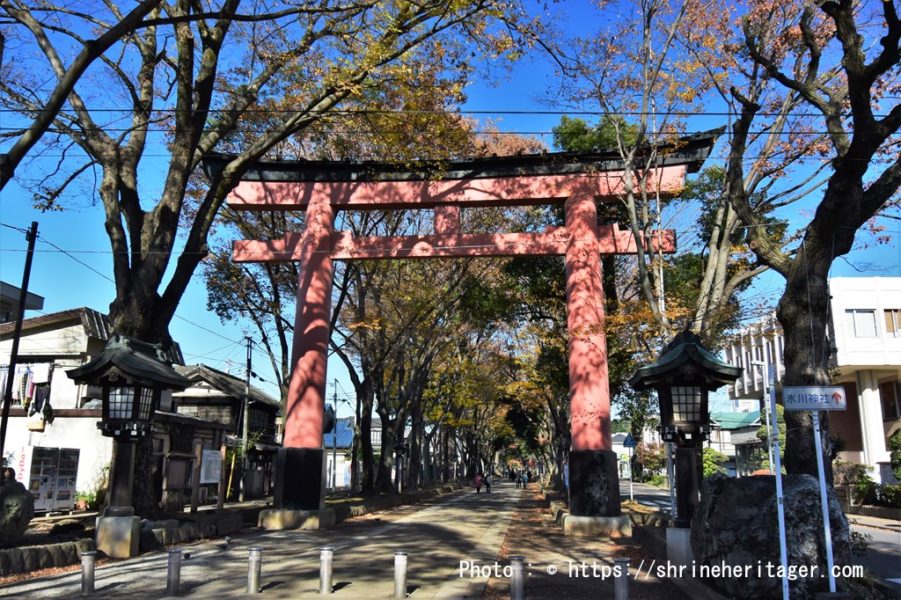

Finally, we went through the three torii gates and went through the vast precincts of Musashi Ichinomiya Hikawa Shrine, which is about 30,000 tsubo in size (90,000 tsubo in the Edo period), and the growing old cedars and old pine trees have a long history and welcome worshippers.
On the right hand side of the approach, which arcs slightly in the center of the pure precincts, it continues with Kagura-den
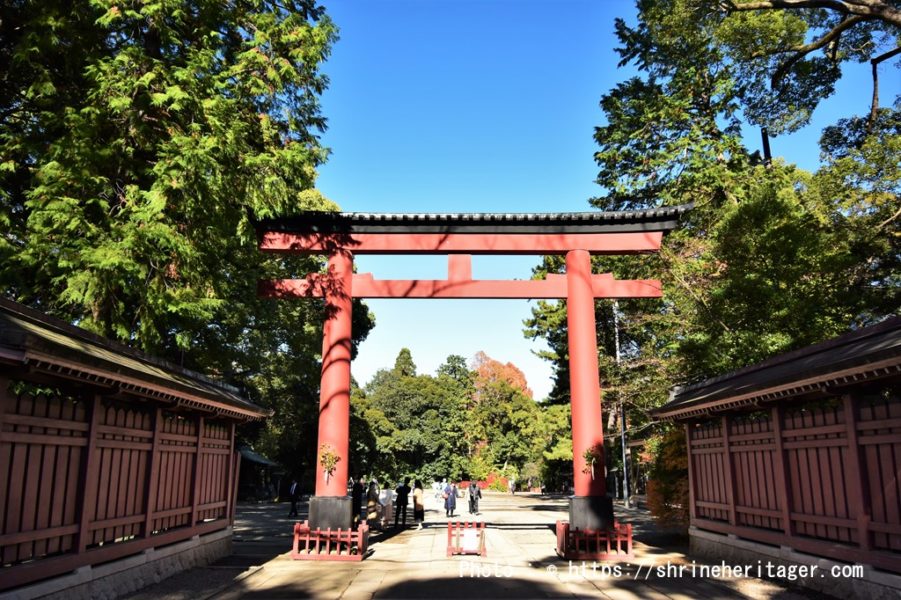
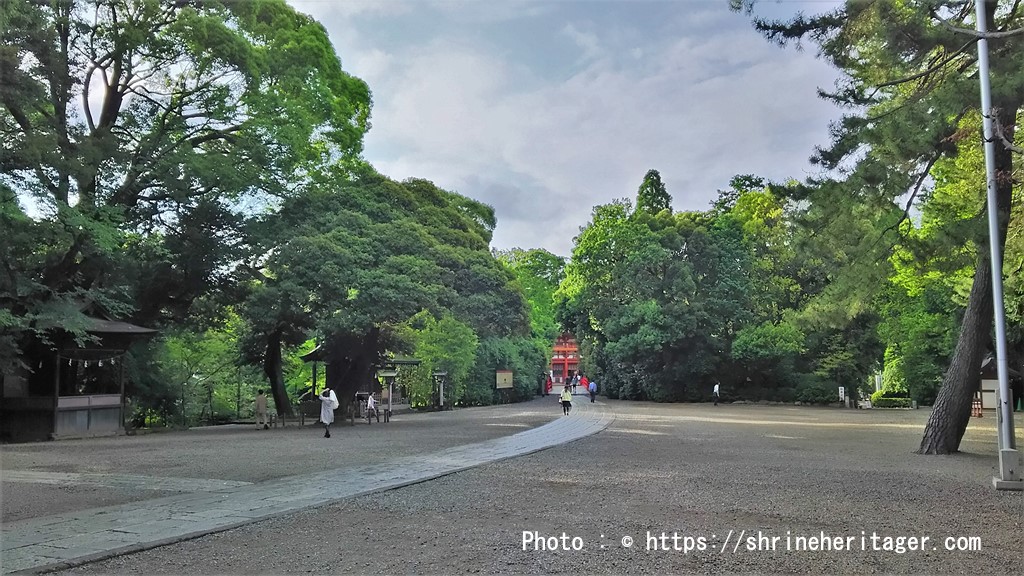
DSC_0027
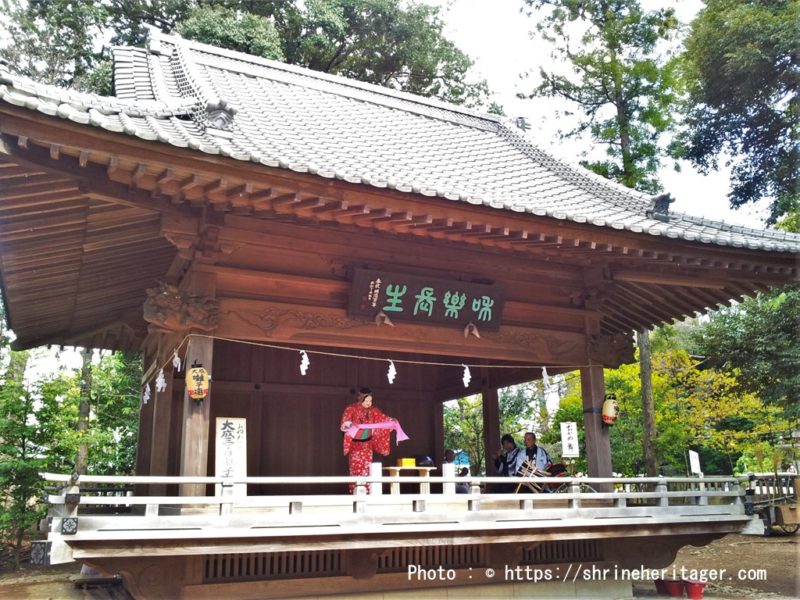
Next, There is "Main" Shohiko Meimei of Setssha Tianjin Shrine (Amatsumi no Yashiro)
I am aw and grateful that the god of Tianjin god and the dragon god exists as a setsha (treated as a set shrine similar to the gate guest shrine above) in hikawa's shrine.
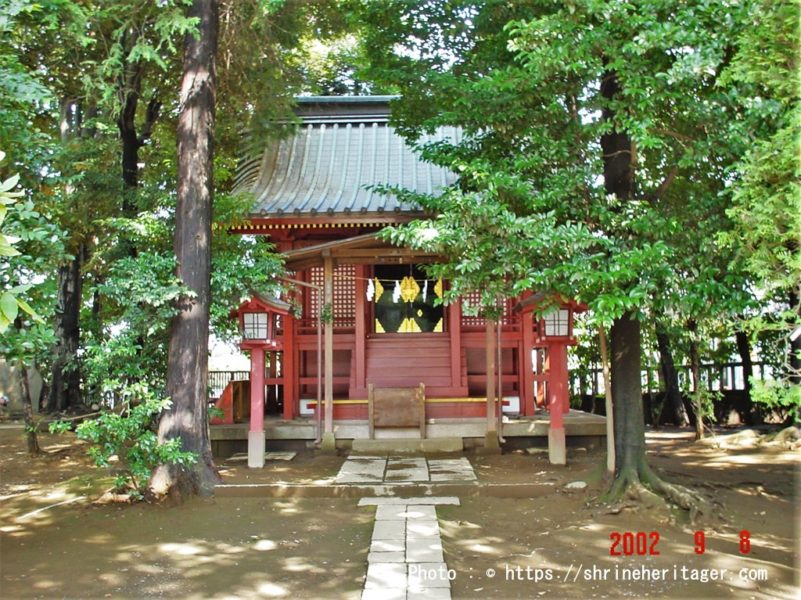
Return to the approach and give shoyu to the left and right end shrines, and if you go further, you will cross the red-colored kamibashi bridge over the kamiike pond that spreads out in the precincts.
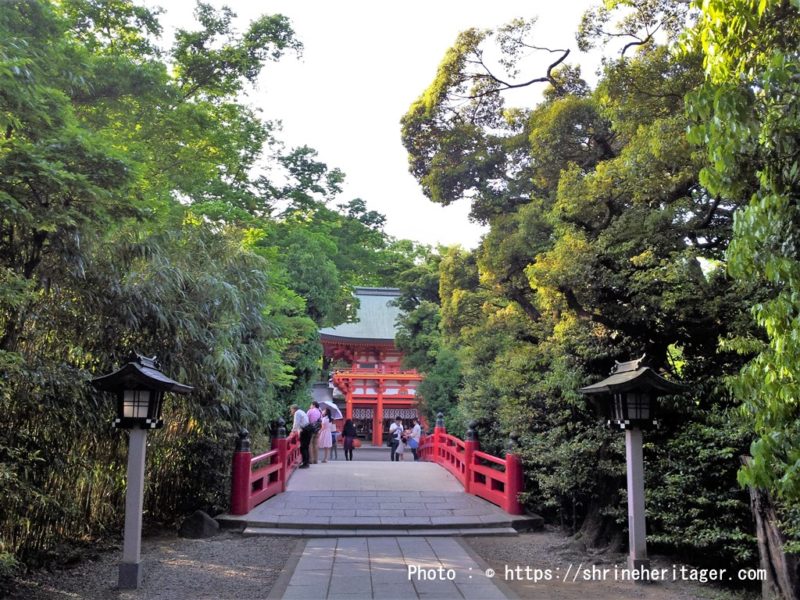
There are a lot of turtles and carp swimming in Kamiike.
On the rocks coming out of the water of the pond, you can see a huge number of turtles basking in the sun.
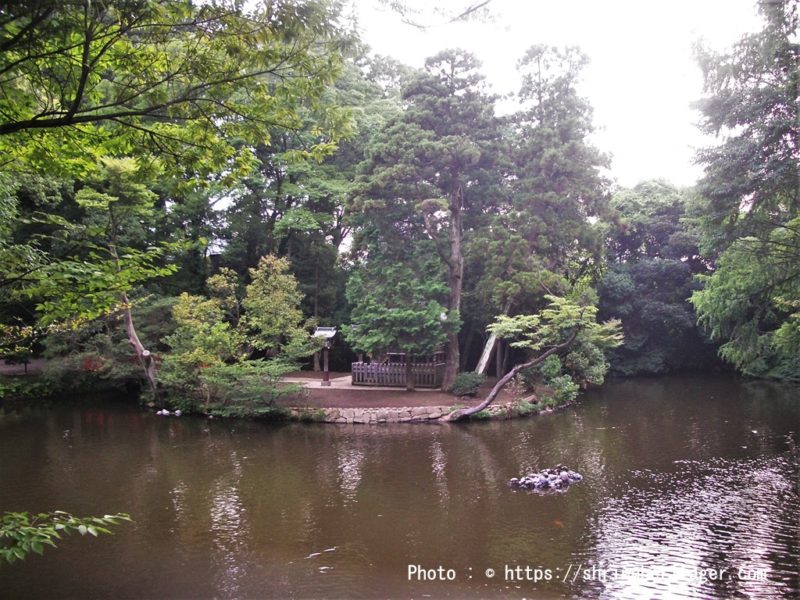
Bentenjima, which can be seen in the middle of the pond, is a Munakata shrine that enshrines the three pillars of Munakata's goddess (Takiri Hieimei Ichisunjima Hieimei) and this is also a shrine, so I'm going to go back to the shrine.
Cross the bridge, there's a temizusha on your left, and there's finally a fine, vermillion tower gate.
If you go through this, you'll be greeted by the Maiden, and you'll be the shrine and the main shrine.
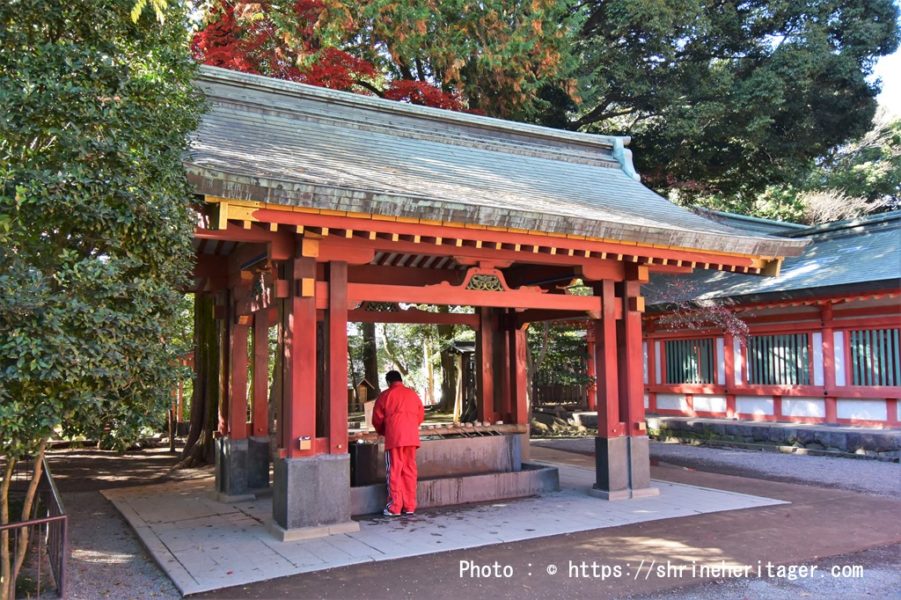
must go to a certain sanctuary before there is
If you go from the temizusha to the left, there is a "snake pond" it is a sanctuary that was once forbiddenfoot, but it is involved in the maintenance of the parking lot, and now it is a welcome sanctuary that is generally liberated.
It is said to be the birthplace of Hikawa Shrine in the water source of Minuma, and since ancient times, Ryujajin has been enshrined as a god to cure water from the tradition that Susanoomikoto got rid of the Eight Great Snakes in the incarnation of the water god.
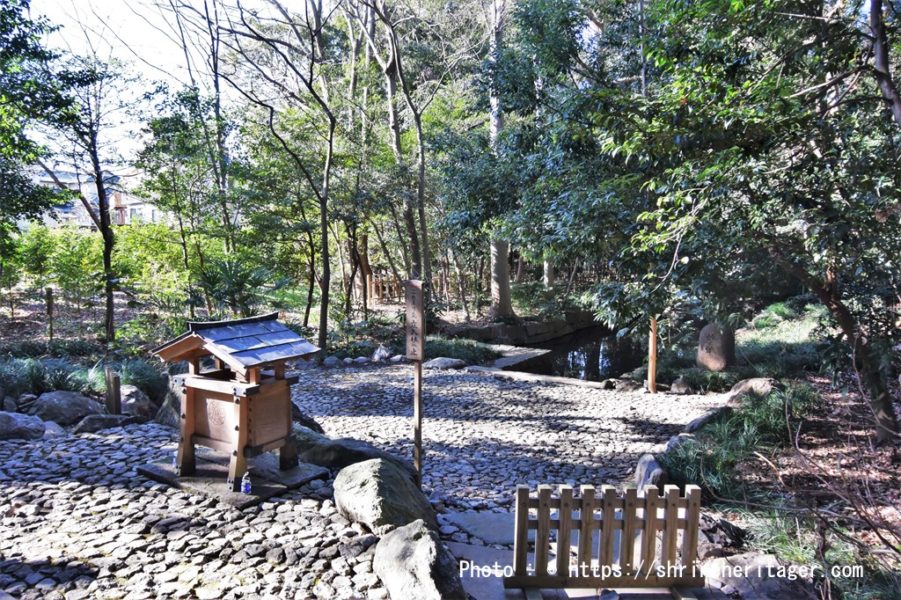

Once again, from the front of the splendid, vermillion tower gate, we bowed deeply to the sacred area.
Pass through the gate and go to the shrine and the main shrine as you go around while being greeted by the maiden.
Whenever you come to visit, people are always lively, waiting for your turn lightly at the shrine.
I thank you while praying to be in accordance with your divine power, and i will put a high hand on the high hand to reach the god of the festival that calms down, and i put my hands together to finish the prayer.
The left hand is the god tag awarding place on the back of the worship hall, and it is crowded with the award of the seal and the amulet for the person who is waiting for the prayer.
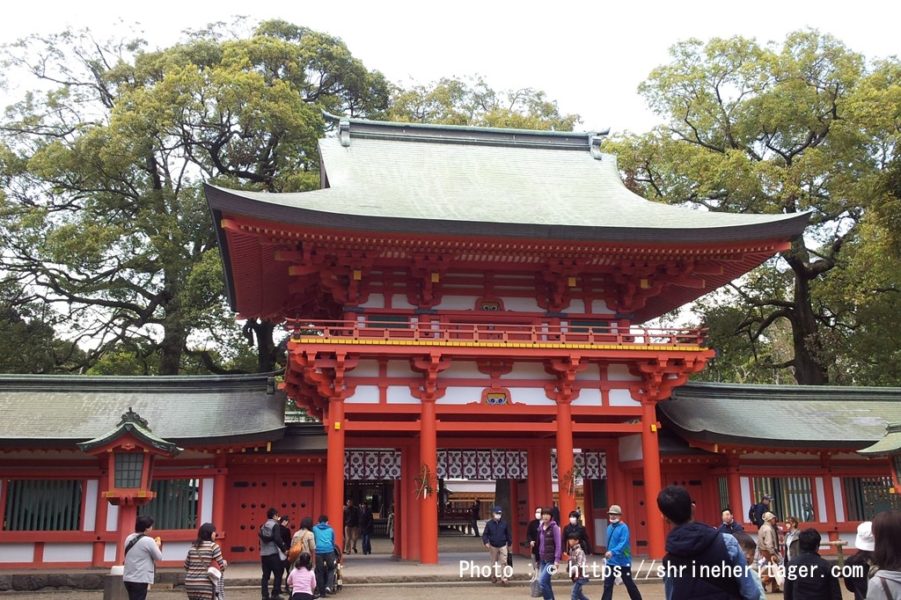
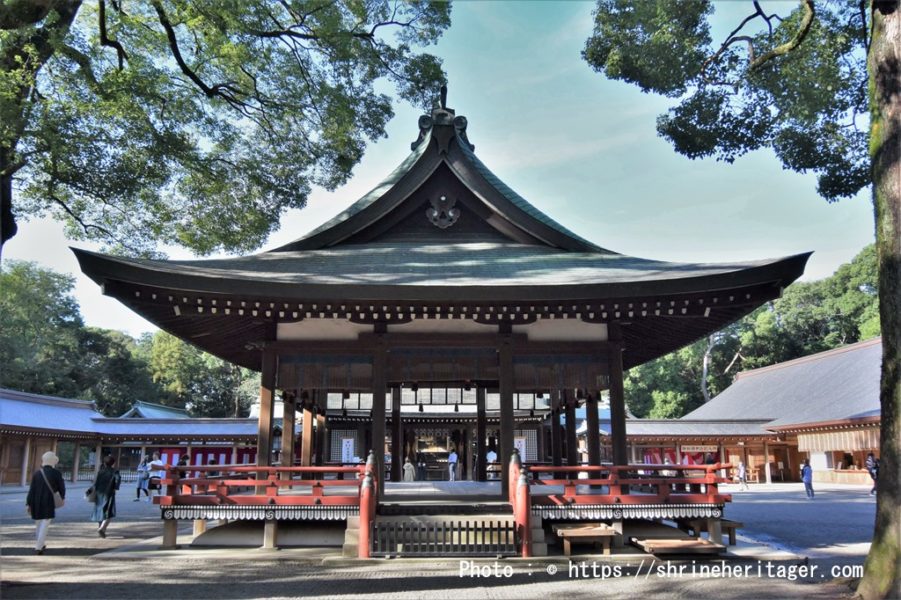
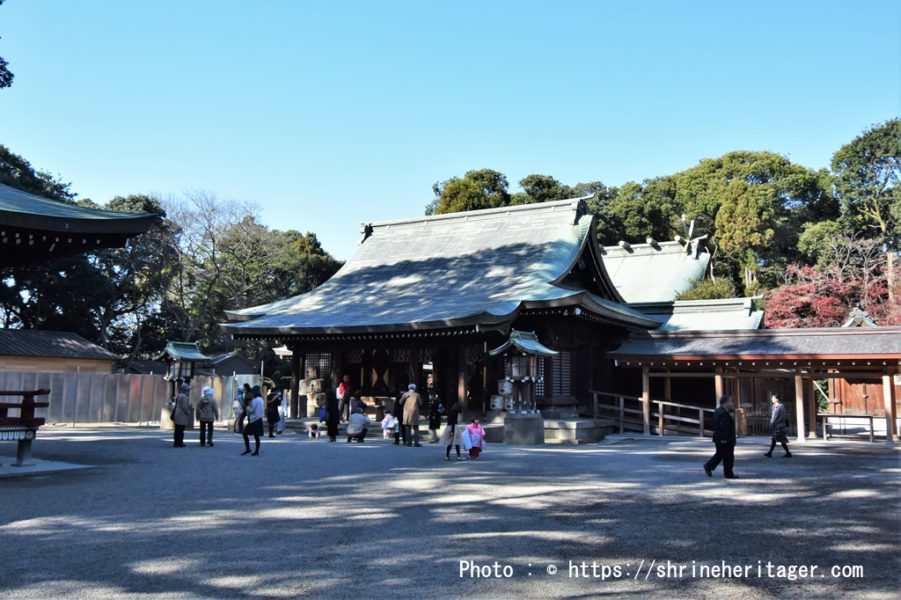
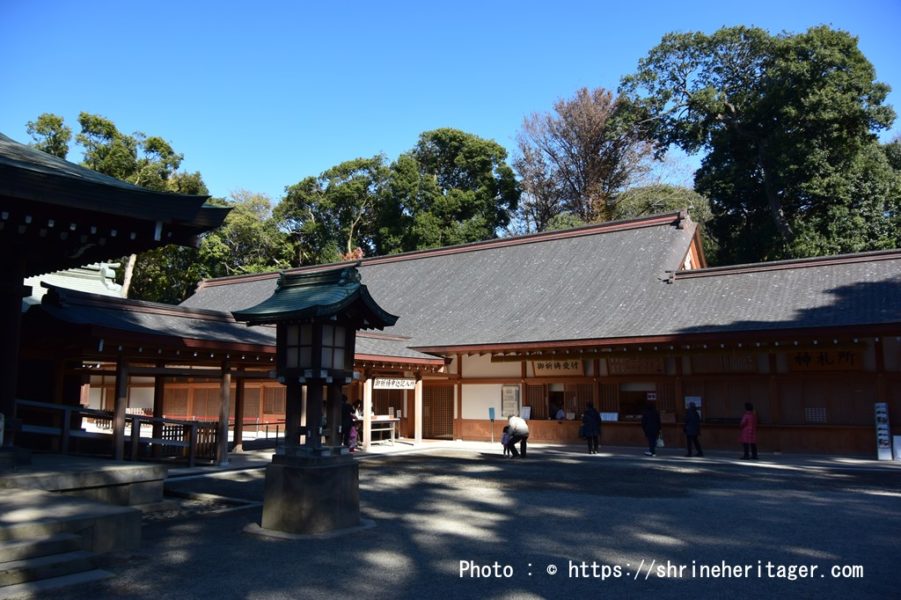
There is a small east gate on the left hand side from the god tag awarding place to the tower gate, and when I turned around here and returned, I talked a little while ago, "Setsanguan Shrine" which seems to have been called "Arahabaki Shrine" Next to it, Suesha Mitake Shrine is lined up next to it.
I also thank you while wishing to be in accordance with the god of god, and calm down.
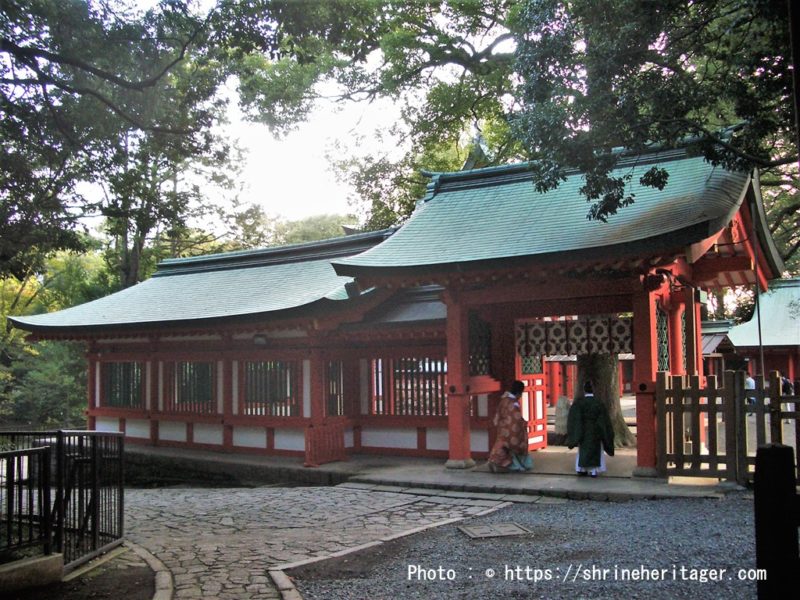
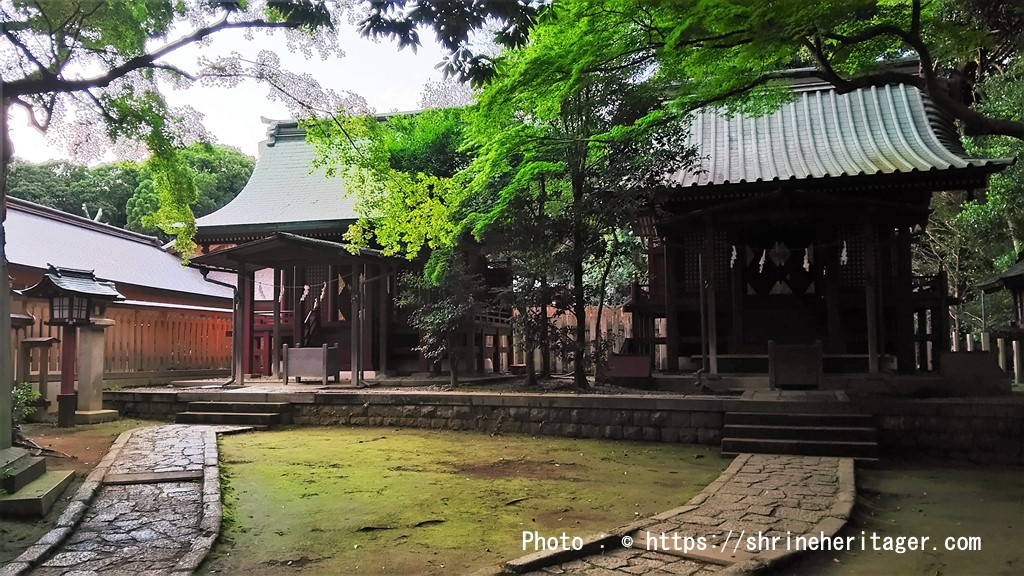
DSC_0053
I went back to Shinbashi again and gave Shoyu to Suesha.
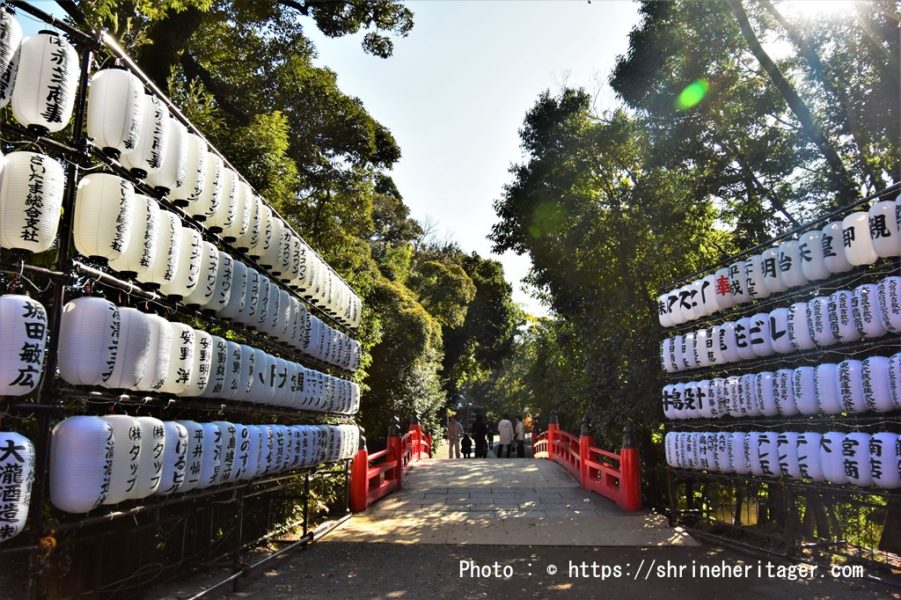
Visit Setsha Munakata Shrine, which sits on Bentenjima Island floating in Kamiike, pass through the torii gate over the bridge, cross the small island, and an indescribable calm mind flows, and time is stationary.
The God of The Festival is also a guiding goddess, so I pray peacefully.
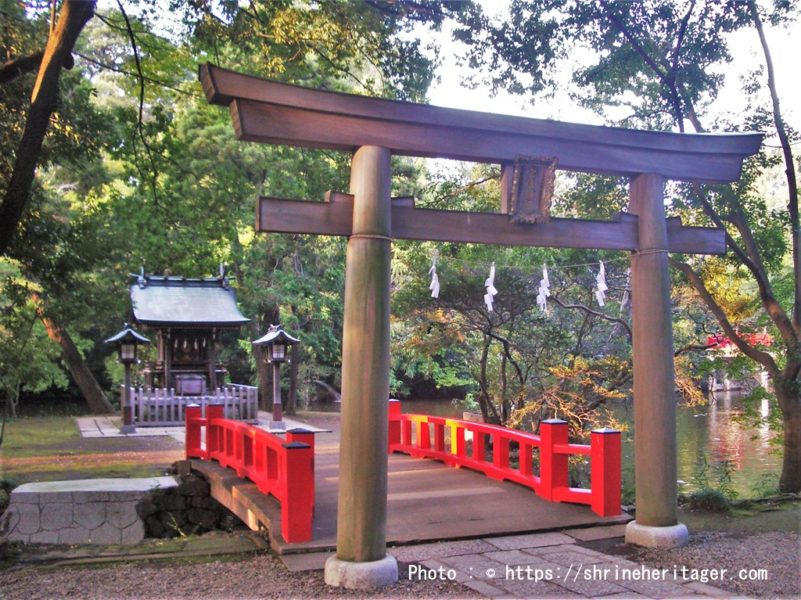
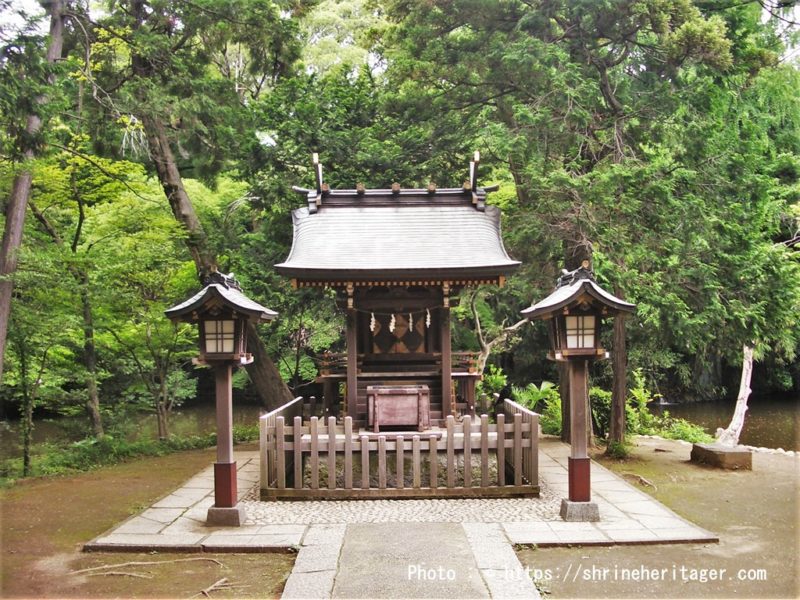
There is a very large signboard in the precincts in front of the three torii gates.
I will understand the god of the festival of Setsha and Suesha who visited until a while ago, and I will review it with ah, while I think that God will surely be able to remember us.
I passed through the three torii gates and looked back and bowed.
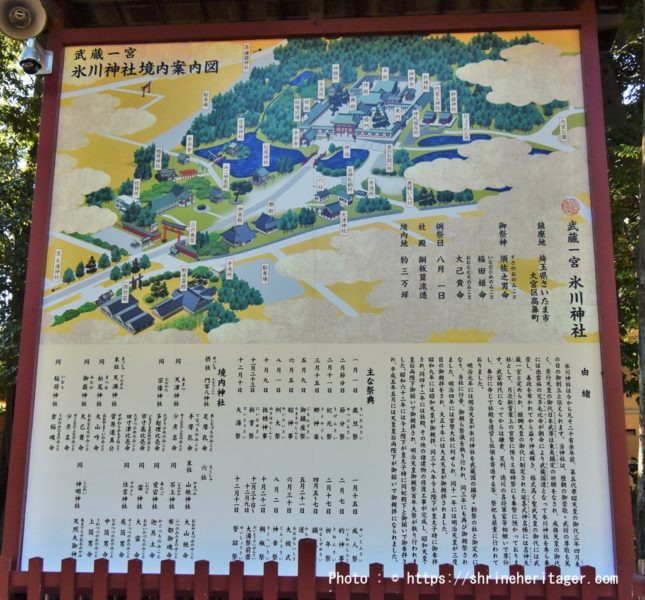
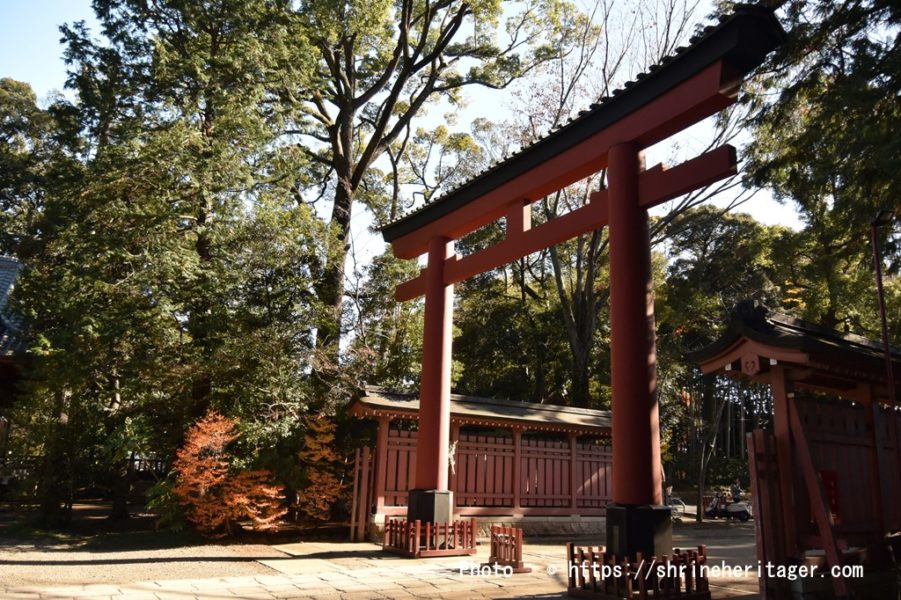
スポンサーリンク
【Tradition of shrines】 (Old tales held down to shrinks)
「日本武尊 (yamatotakerunomikoto)」
(About the place name of Adachi-gun)
When The 12th Prince of Emperor Keigyo, Nihon Takeson was injured at the time of the Tosei, an old man appeared on his dream pillow, so there was a legend that he came to stand up when he visited our company according to his teachings, and it is said that this area has come to be referred to as "Adachi" because of this.
「平将門 (tairano masakado)の乱」
It is said that Hira Sadamori prayed for victory in the War of Hirashomon, and cleared the war splendidly.
"Hikawa Shrine Adachi-gun Takahana-mura Shomon Rebellion, he is said to dedicate the Hira Sadamori brother Yaya to pray for victory. ("Shinhen Musashi Fudoki"
「源頼朝 (minamotonoyoritomo)公からの崇敬」
In the company biography, it is said that Minamoto Yoritomo ordered Mihei Doijiro to rebuild the shrine hall in 1180, and ordered 3,000 pieces of company territory and the Shinma Shinken.
「徳川幕府 (tokugawabakufu)からの崇敬」
August 1596 (1596) Tokugawa clan built all the heads of the company with Ina Bizen Mori Tadatsugu as the dedication, and in March (1667) of Kanbun, the construction of the shrine building with Abe Bungomori as a dedication
Various stories such as are told
All of this is a story about the admiring and prayers of the general of the Battle of the Samurai and the Samurai.
You can feel the divine virtues of this god god.
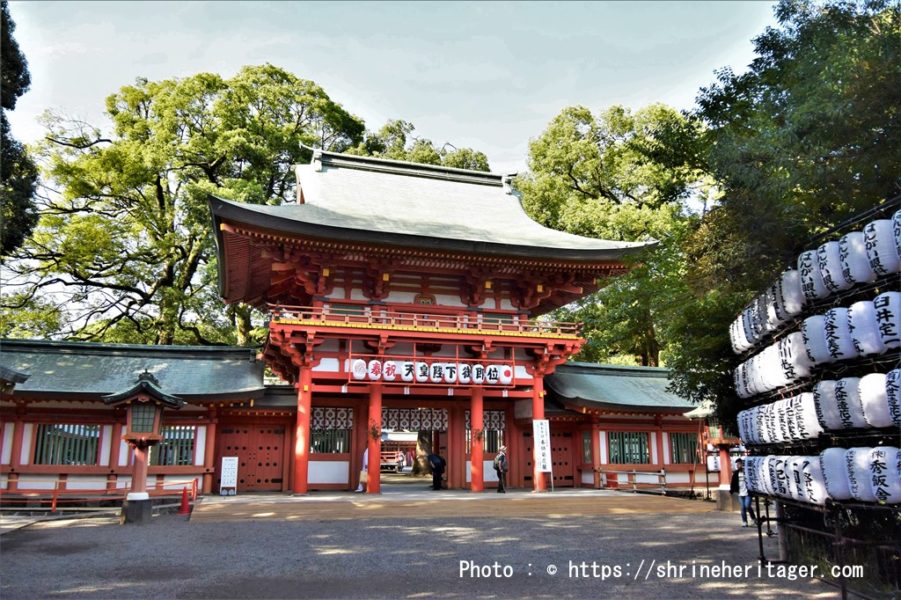
もう 何十回お詣りをしたことでしょうか
いつも感謝で一杯になるようなご神威に満ちています
Hikawa Shrine's god of worship is a composition of the rough Susanoo life as if Inada Himemei and Oki Takamei are supporting them.
It is a sacred area of a dignified Ki though it is calm and calm as reflected in the minuma.
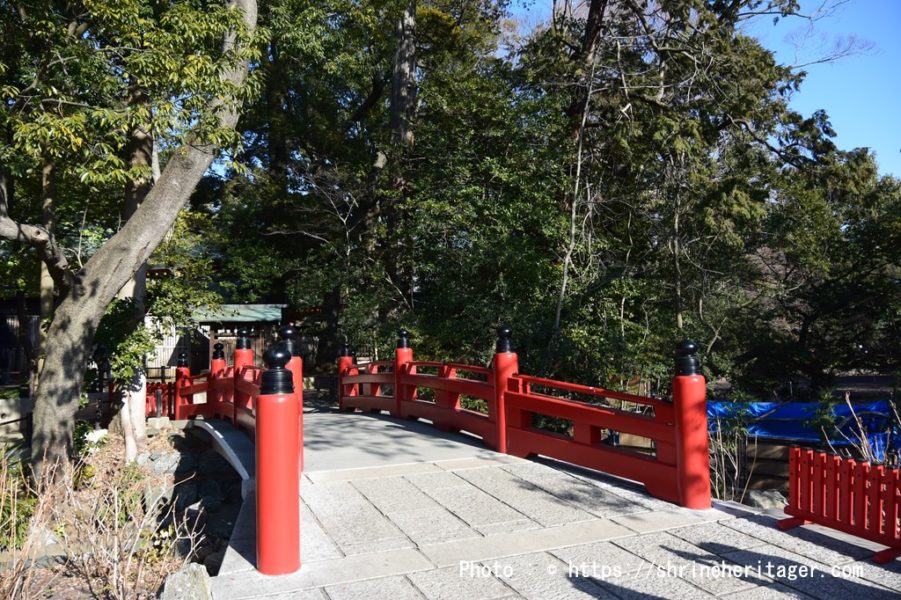
氷川神社の元宮と呼ばれている神社が 出雲にあります
斐伊神社(雲南市木次町)の記事をご覧ください



